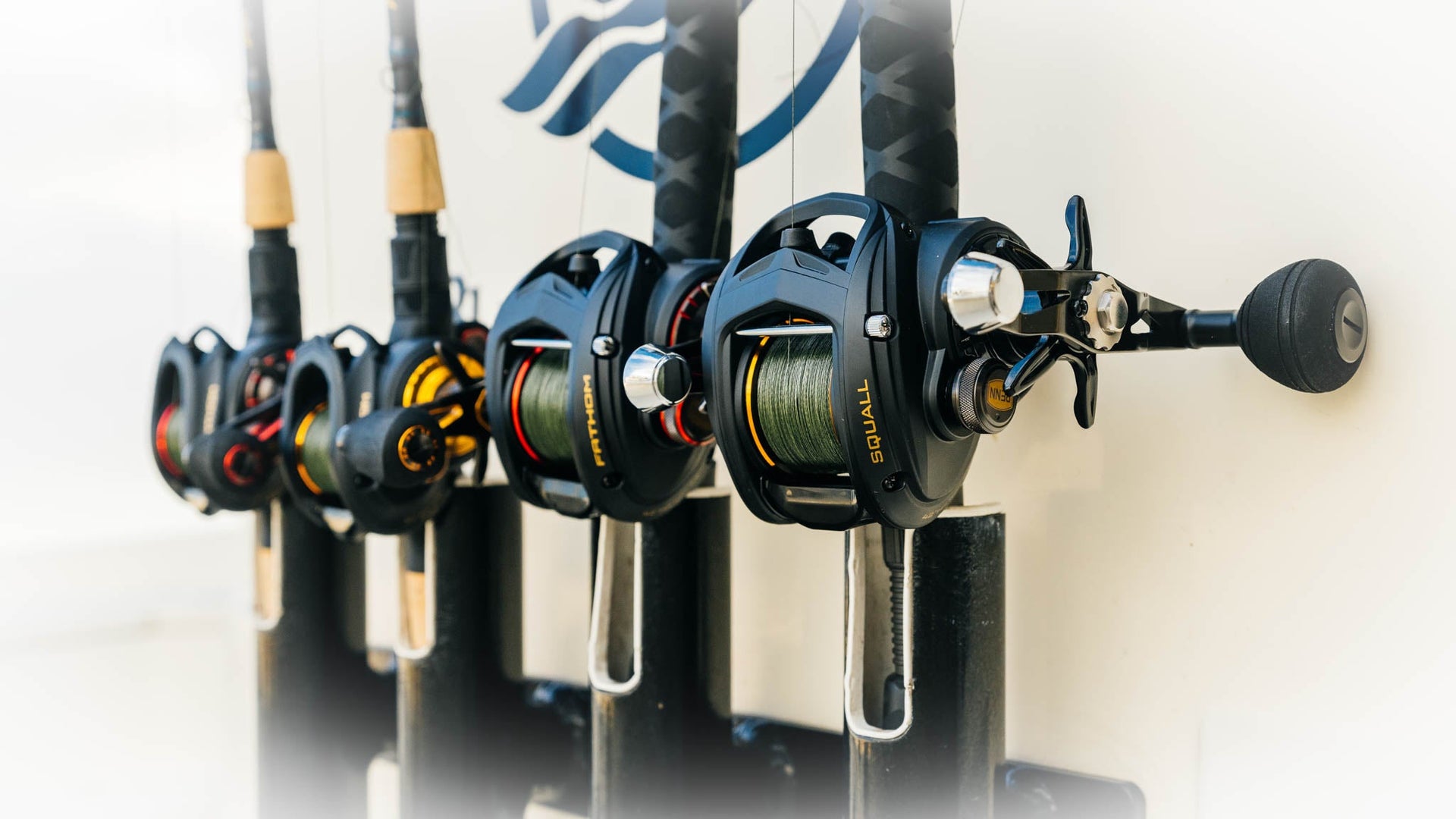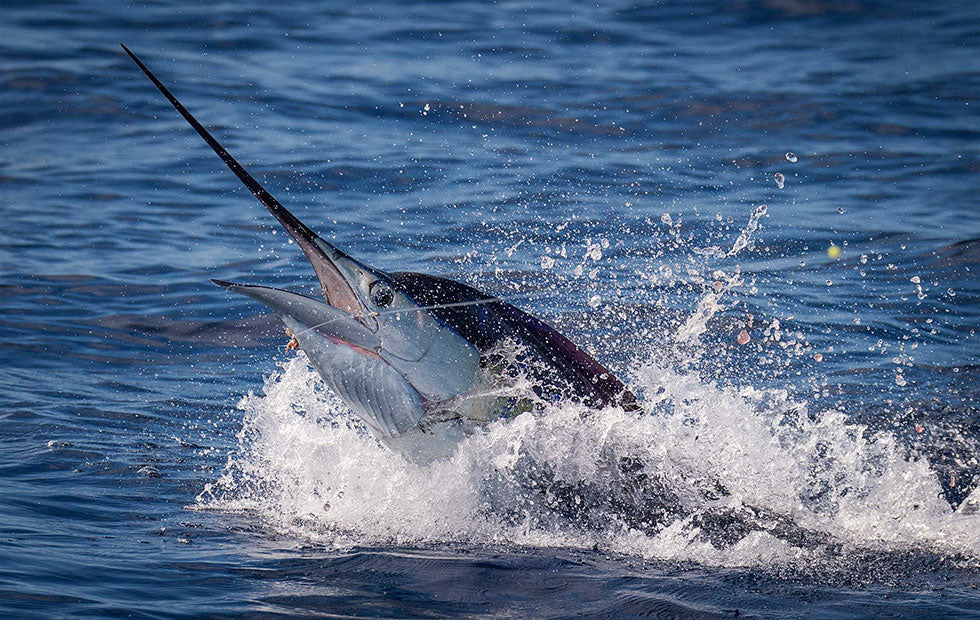Inshore Fishing
Purpose built for close quarters combat; this is the battleground of Penn inshore. The most dynamic zone in fishing.
Your cart is currently empty.
Stock up on what you need for your next adventure.

3 Stories

Introducing the Squall® and Fathom® low profile reels. Geared specifically for inshore anglers, these low profile reels are designed to withstand the harshest of saltwater environments.
Read More
Easy to access, easy to fish, and easy to enjoy, these hotspots offer any angler the opportunity to catch a billfish. These are the world's best Sailfish destinations.
Read MoreShowing 14 of 3